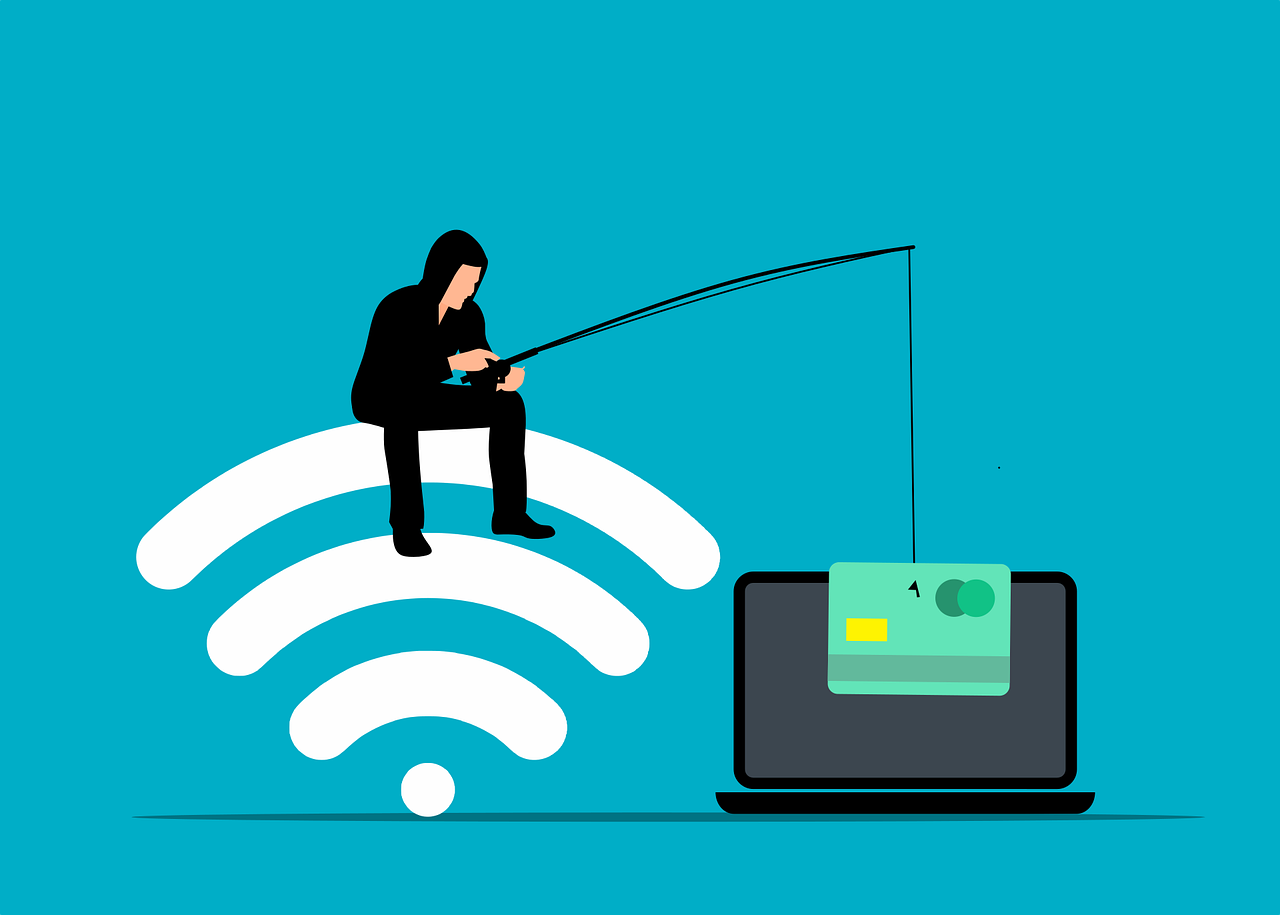Romance Scams
Romance scams happen when a criminal creates a false online persona in an effort to win the victim’s love and trust. The scammer then manipulates the victim and/or steals from them under the pretense of a loving or close relationship.
How to recognize a Romance Scam
Romance scammers are skilled at what they do and will appear sincere, compassionate, and believable. The majority of social networking and dating websites host con artists.
The goal of the con artist is to become friendly with the victim as soon as possible, win their favor, and acquire their trust. Scammers may make preparations to meet in person and propose marriage, but those things will never take place. They’ll eventually ask for cash.
What you should notice:
- Romance scammers swiftly declare their love for you before ever meeting you.
- Scammers that prey on lovers often say they need money for trips, medical expenses, or other urgent needs.
- The goal of online dating scammers is to get you to leave the dating site.
- Romance scammers always have plans to visit but then postpone them due to a “emergency.”
How to protect yourself
Be cautious with what you publish online and make public. Scammers can better understand and target you by using information published on social media and dating websites.
How you can protect yourself:
- Use online searches to look for the person’s picture and profile to determine whether the image, name, or other information has already been used elsewhere else.
- Take your time and ask a lot of questions.
- Watch out if the person looks too flawless or politely requests that you quit a dating service or social media site so that you can speak with them directly.
- Be on the lookout if the person makes an effort to isolate you from friends and family or if they ask you to provide indecent images or financial information that could be used to extort you later.
It’s crucial to take swift action and seek assistance if you think you may have been a victim of a Romance Scam in order to ensure that the harm is as minimal as possible.



